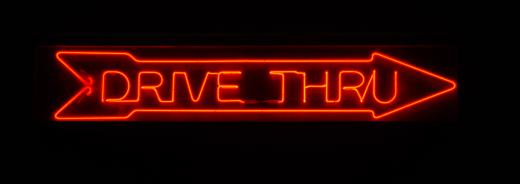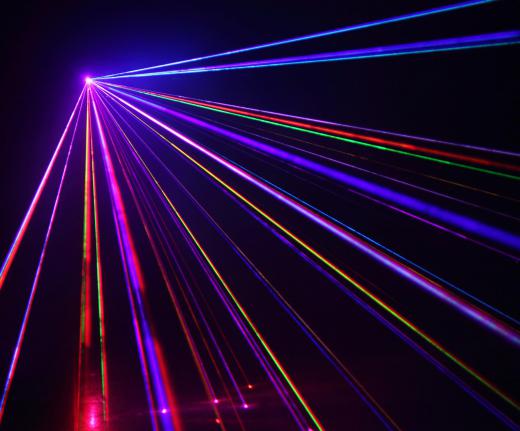What is a Noble Gas?
 Michael Anissimov
Michael Anissimov
The noble gases, from the German word Edelgas, are a family of nonreactive monoatomic gases found on the far right of the periodic table. Noble gases include helium, neon, argon, krypton, xenon, radon, and the latest, ununoctium, with an atomic number of 118, only three atoms of which have been observed over the course of experiments running from 2002 - 2005. Helium, the most common noble gas, makes up about 1/4th of all atoms in the universe. Argon is the most common noble gas here on Earth, where it makes up 1% of our atmosphere. Helium is also available in substantial quantities from underground natural gas reserves.
In industry, noble gases are used as an inert atmosphere for processes where reactivity with air is a problem. The noble gas argon is often used in light bulbs, where it provides an inert atmosphere for the electrified tungsten filament. Noble gases are often a superior alternative to another gas used to provide a nonreactive atmosphere, hydrogen, because of their lack of flammability. Neon is used for lighting applications, and krypton is used for lasers.

The noble gas helium is among the most versatile, and is used in applications from blimps to cooling superconductors. Helium has the lowest boiling point of all the elements, at 4.22 Kelvins, or only a few degrees above absolute zero. Liquid helium is extremely cold and can be used as a coolant of last resort, when liquid nitrogen is insufficient. Let's also not forget that helium may be inhaled to make your voice squeaky.

The reason for the noble gases' extremely low reactivity is given by their full valence electron shells - their outer electron shells have all the electrons they can hold, making their electronegativity negligible - not in search of complementary electrons, they have little propensity for chemical bonding. However, xenon, krypton, and argon compounds can be formed under exotic conditions in a laboratory.
AS FEATURED ON:
AS FEATURED ON:














Discussion Comments
I knew that the noble gases were commonly used to make lights. Neon's use is obvious and I knew argon was used in fluorescent light bulbs. I'm pretty sure xenon and krypton can be put into tubes and used to make "neon" lights. I think each of the elements has a different color when they are lit so not all neon lights are really neon.
I'm wondering though why the noble gasses light up when they are exposed to electricity. It must excite them in some way, but what makes them give off colors? I don't think any other elements do that, do they? How did someone even figure out in the first place that the noble gasses could make colors?
@kentuckycat - Good question. Technically, some of the noble gasses will join with each other to make molecules. Besides that, there are also some other commercially useful noble gas compounds.
I think xenon and krypton are the two most common elements that make compounds. Usually they bind with fluorine and can be extreme oxidizers. Like the article says, though, none of these are natural. They have to be made in a lab.
I am curious now if anyone knows how exactly they are able to get the noble gasses out of the air and into elemental form to be used. I assume it would be a similar process to isolating other elements where various elements are introduced to react with things like nitrogen and oxygen in the air.
@jcraig - I remember reading about this several years ago and have always remembered it because I had the same question. They are called noble gases in reference to noble metals. I have never heard the term noble metals used, but it refers to elements like chromium that will not react (rust).
Even though noble gasses will not naturally react with other elements and form compounds that I know of, are there any noble gas compounds that have been made in a lab? Do they have any use, or are they only short lived molecules?
I have always wondered why noble gases are called noble. Does anyone here know?
Because other elements will not react with them, noble gases are also used a lot in welding. Whenever you are welding, you want to make sure that elements and compounds in the air like oxygen and water can't get to the weld or it can cause problems.
Helium and argon are the two cheapest gasses, so they are the most used. By welding using a noble gas a "shield" you can prevent other things from affecting the quality of the weld.
actually, helium does not need eight valence electrons. its outermost shell is full; its electron configuration is 1s^2. but it is true that not all noble gases are inert. the last three noble gases (Krypton, Xenon, and Radon) are able to form compounds, but only in labs and they aren't very stable.
no. Because only the other five had completed their atomic structure. Helium has only two valance electrons. it will react with other gasses to obtain the octet structure.
Noble gases are also referred to as rare gases, even though some are really not that rare.
Are all noble gases inert?
Post your comments